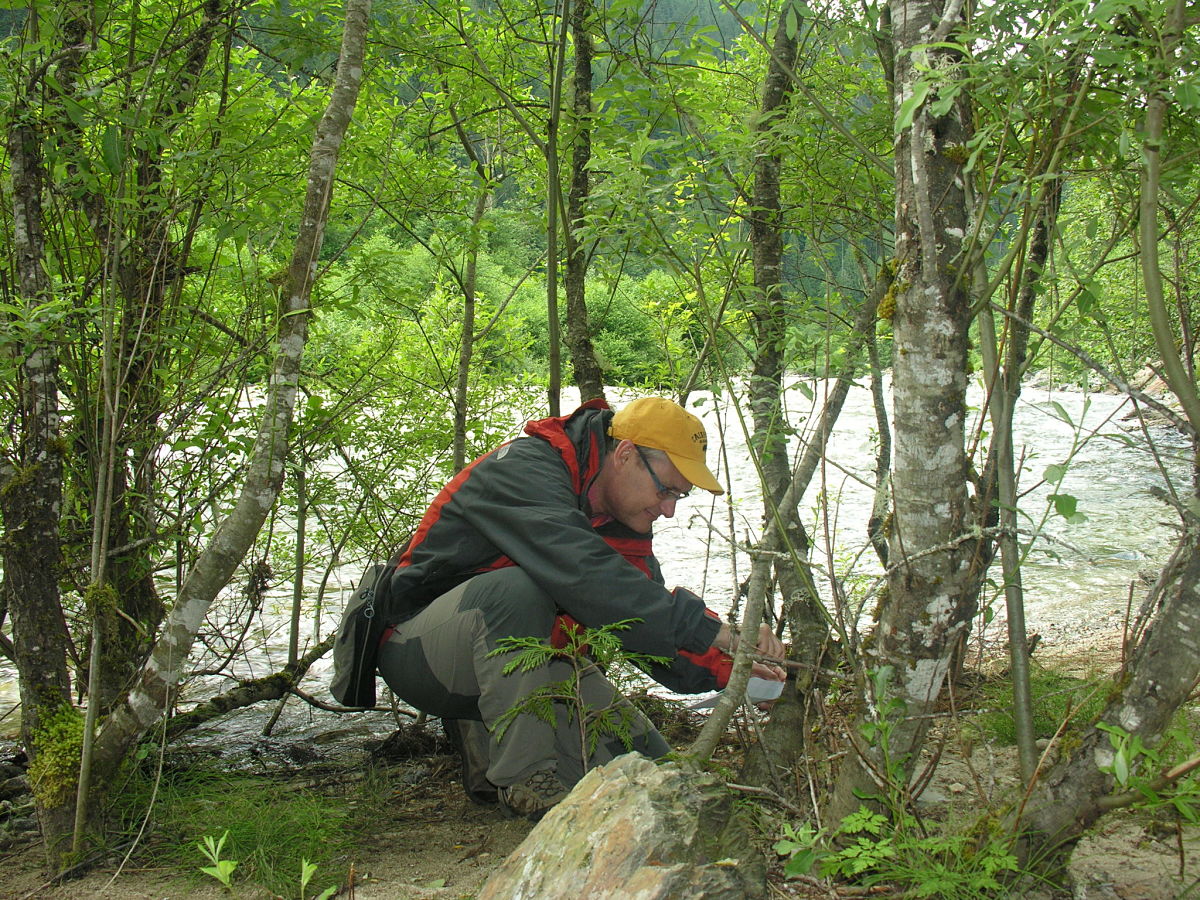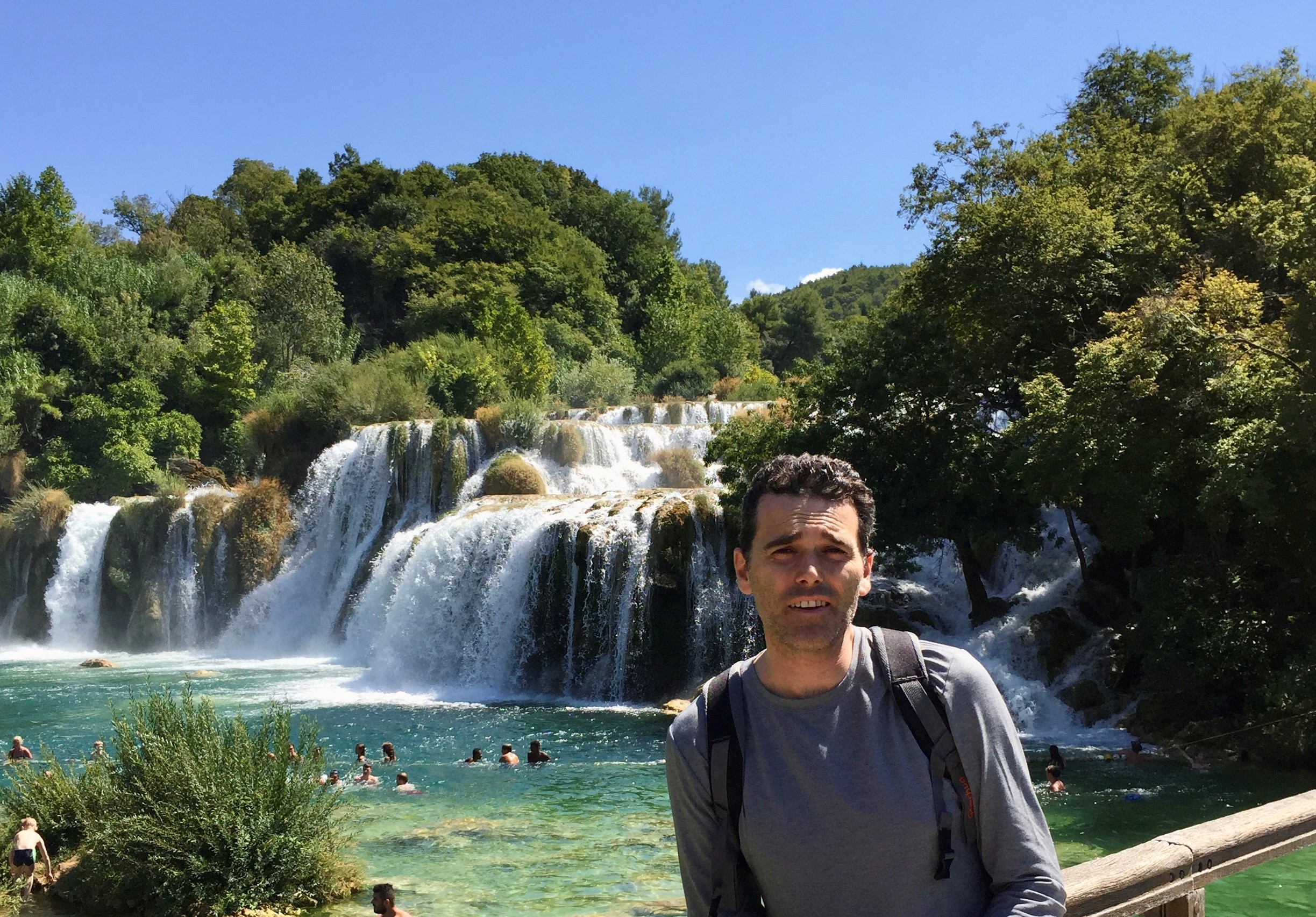Botanist of the month: Gerardo Stübing
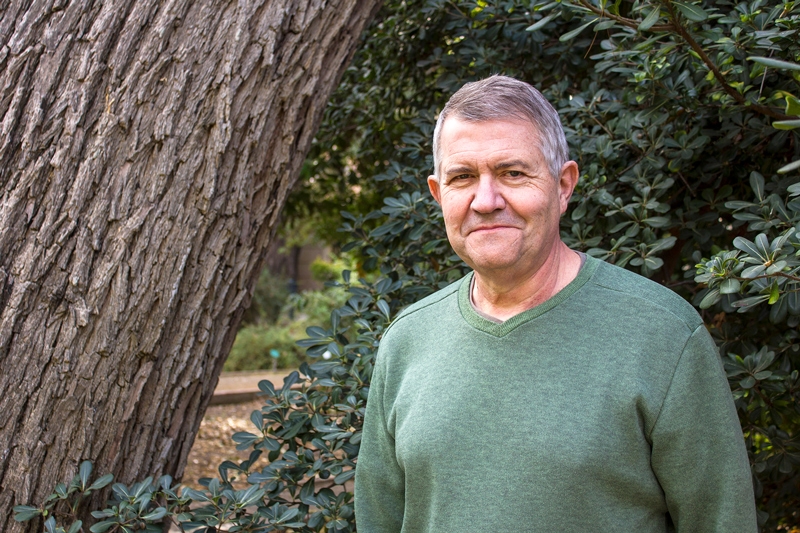
Gerardo Stübing Martínez (Valencia, 1957) is a Valencian botanist, plastic artist, researcher and pharmacist of German origin. He says that his surname attracts attention and is easy to remember, but that, on the other hand, it is difficult for many people to write. A graduate and doctorate in Pharmacy, years ago he decided to graduate in Fine Arts from the Polytechnic University of Valencia, where he is now doing a second doctorate. A professor of Botany for more than thirty years at the University of Valencia, he explains that he became interested in plants thanks to his father, who was a great fan and collector of cacti. He currently combines research in projects related to taxonomy with others on environmental management, medicinal plants and ethnobotany. Together with Alberto Guillén, a specialist in mycorrhizae, he is coordinating an innovative project on their use in crop improvement. He links all these research activities with other artistic and informative projects, but always under the guidance of his passion: plants.
Why did Botany appeal to you?
I have always been interested in the natural environment and, above all, as usual, in animals. That’s why I decided to study biology. But later on, as my father was an amateur cacti collector and had quite a large garden, it had a great impact on me. Finally I began to study Pharmacy and there I met Manuel Costa and Juan Bautista Peris, who inoculated me with the botany virus and since then I have always been interested in plants.
How would you summarise your professional career?
I started as a scholarship holder in the Botany Department of the Faculty of Pharmacy and did my bachelor thesis. Then, my PhD and my integration as an assistant professor and later as a full professor in this department. Throughout this period, apart from my teaching duties, for several decades, I have dedicated myself to opening up different lines of research. Initially it was in phytosociology, later in taxonomy and then in environmental management, ethnobotany and medicinal plants. And now, at the moment, I am trying to integrate botany and art. My research intends to know how to apply the vision and perception of a botanist in plastic creation from a transmodern perspective. I think this is an important topic because it helps spread the appreciation of plants in society and, therefore, to deepen society’s awareness of the loss of biodiversity and climate change. It is precisely in this respect that I am doing a second doctorate, now in Fine Arts.
What does your work consist of?
Currently, in addition to maintaining the aforementioned lines of research, I am focusing on how to project all the knowledge I have acquired over the years into art. And I’m coming to some interesting conclusions because I’ve realised that professional deformation makes you capable of seeing things that others don’t see.
For example?
When I make a representation of a plant using different techniques, if you see it in its natural state, you either don’t notice anything special or you think it’s just any old grass. On the other hand, if they see the finished work they say: “how beautiful”. Simply because I have extracted the most attractive detail or perspective from that plant. But also because I see what is behind it. Now I am also making biohaikus. Haikus are short Japanese poems that are usually inspired by nature but seen by someone who has no botanical training. When I see a plant I am thinking: Where does it live and how does it live, why does it have a flower like that, how does it disperse its fruits or is it pollinated? Then, based on everything that image conveys to me, I make a haiku that also conveys the biological aspects of that plant in terms of its form and its relationship with its environment.
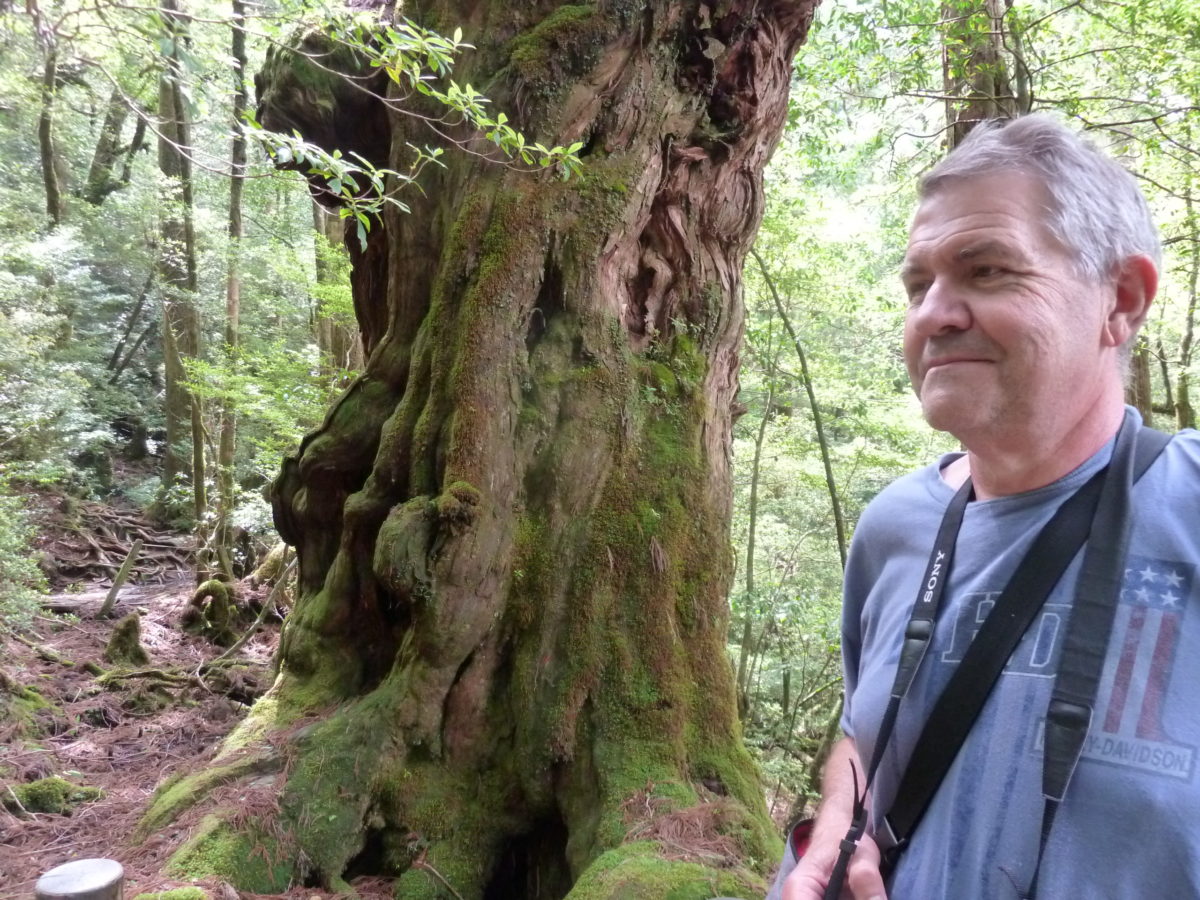
As a botanist and pharmacist you specialise in medicinal plants. What appealed to you about this field of study?
My interest was aroused by Juan Bautista Peris, who is my other great reference in Botany. Medicinal plants have played a very important role in pharmacy. This led me to enter this world, so that Peris and I were the pioneers of scientific phytotherapy at a national level. Now there are many other research groups, but thirty years ago, when we began to give courses on medicinal plants from a serious perspective, we could say that we were the initiators of this field.

Are you proud to have been involved in any project in particular?
There is one that I am particularly fond of. It is a project on medicinal plants that we developed in Cuba together with Juan Bautista Peris, Santos Cirujano (CSIC researcher) and Armando Urquiola (researcher and director of the Botanical Garden of Pinar del Río-Cuba), with aid from the Ministry of Foreign Affairs and the Ministry of Education. Basically, the idea was as follows: in some areas of Cuba there is a problem of supply of certain medicines that could be substituted with medicinal plants. For example, if a man comes to a village with conjunctivitis, there is no problem. Here, there is no problem, you give him an eye drop with an antibiotic and that’s it, but there it is not available. What to do? Conjunctivitis can be treated with an infusion based on local plants. We developed a software linked to a database with locations, photographs and indications of compositions focused on professional use, primary care, so that a doctor could enter where he was and what problem the patient had, and it would automatically show him which plants in his environment he could use and how. It was a project that was 80% completed, but in the mid-1990s, due to different political approaches in Spain, funding was cut off.
Have you met interesting people through your work?
Yes, it is true that botanists are interesting people, or at least different from the usual. And we all share a special sensitivity. Although sometimes momentary enmities can be established due to certain circumstances, we all react in the same way to a plant and there is a kind of empathy.
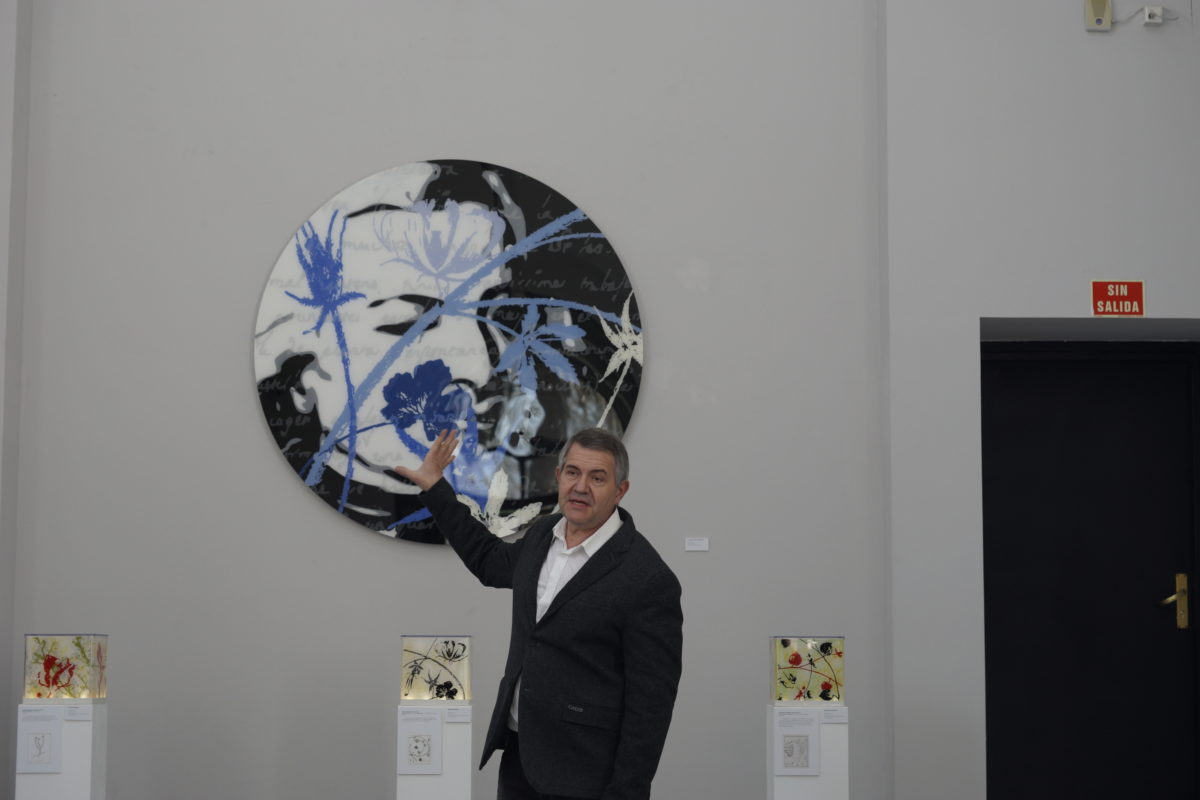
Talking about that sensitivity, you have the double facet of botanist and researcher and, in addition, that more creative side. How did you get started in art? Through photography?
Yes, I initially used photography as a means of documentation. I have published several books with hundreds of photographs, all with analogue photography, which for a long time were the graphic reference in the Valencian Community. Then it can be said that I abandoned it, I dedicated myself to other things and now I have taken it up again as a means of artistic creation, so it goes beyond photography. I am currently working mainly on 19th century photography techniques but applied with 21st century technology. I went through a first artistic phase focused on painting and now I have been evolving to this type of photography.

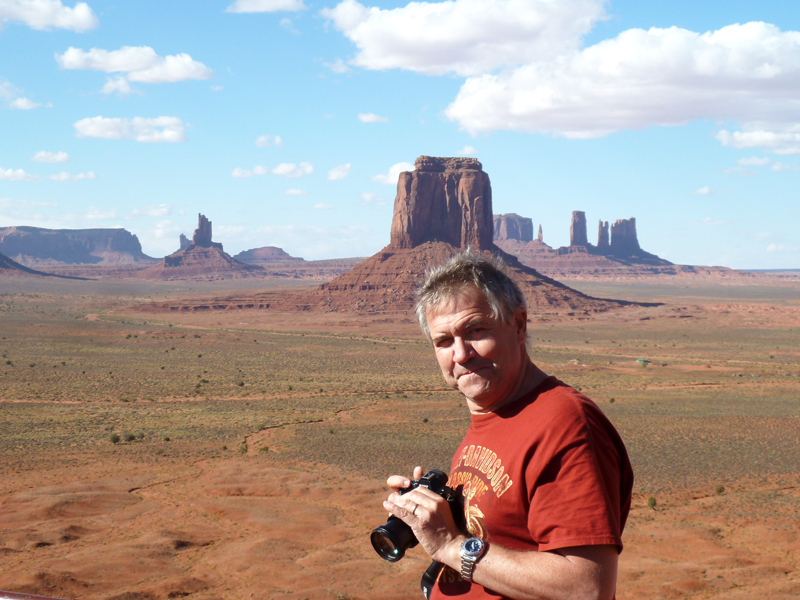
An aesthetic context in which nature remains your basic source of inspiration.
Always. In fact, I already have a distorted perception and I’m always looking at plants, even in the city. And I see that they have more than what people apparently see. For example, if you draw a picture to a person with some lines and curves, he or she will probably see the bust of a man or a woman. If you draw these simple lines but from a plant, if a botanist sees it, he or she will even tell you the species. On the other hand, someone else sees it and says: “I don’t know what it is”.
What do you think this botanist-artist duality brings you?
For me, of course, it would not have been possible to dedicate myself to art focused on plants without a botanical background. I have been a very Germanic and pragmatic person and I thought that, in science, anything that wasn’t to obtain results was useless. I saw art as more of a diversion. But I think this was the fruit of my youth, because later on you evolve and realise that this is a blunder, that art and science are very similar, although with some differences, as art is freer, needs more means and is more immediate. For me, as I’m very impatient, this suits me very well. First, because I don’t depend on anyone. In art, if you are lucky enough, as in my case, to have a profession with which you can earn a living, you can be free. If we had a more artistic mentality we would be more productive, more effective problem-solvers, society would function better and we would live happier lives. Philosophy and art are possibly the disciplines that should be the most trampled upon in a society that wants to achieve a certain level of wellbeing and adequate development. But, in addition, this artistic projection, in my case, allows me to awaken sensitivity towards nature, which is precisely the artistic-scientific project that I have in progress at the moment.

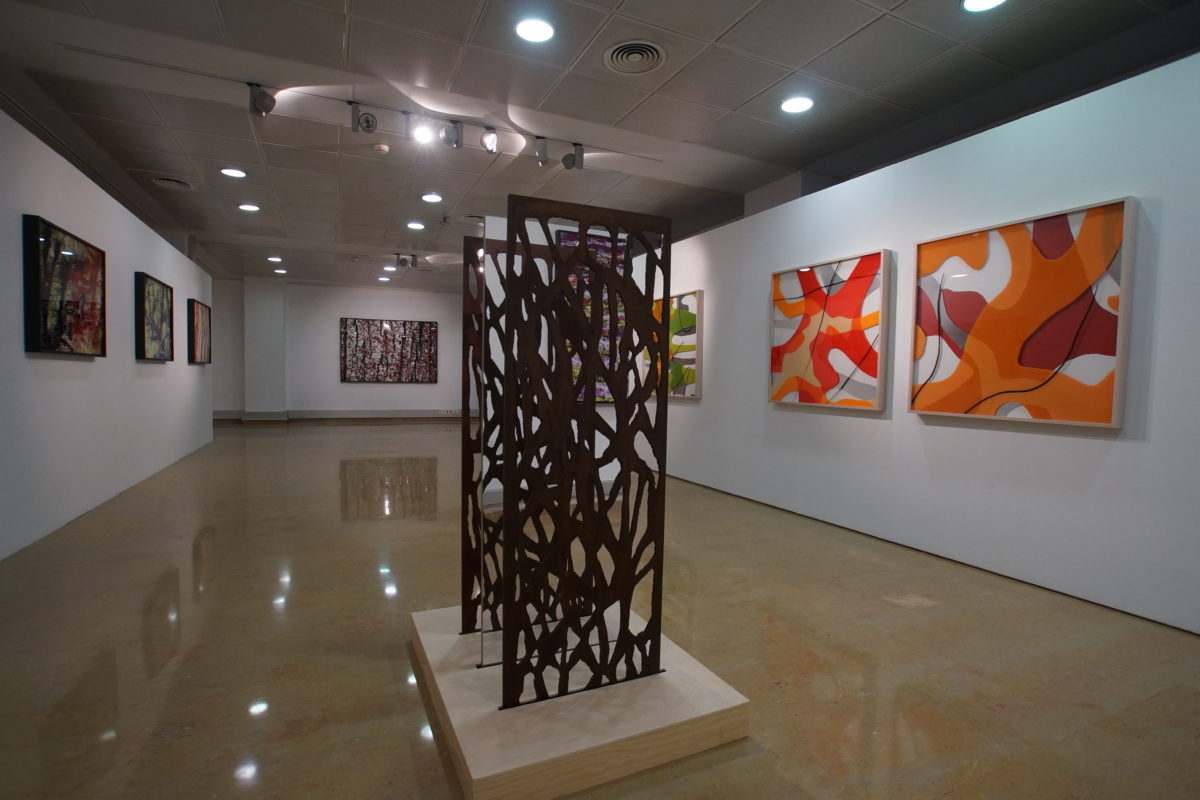
Which project is it?
The “Joyas botánicas de La Ribera” (“Botanical jewels of La Ribera”) in which we focus on highlighting the biodiversity of our environment through plants and the risk to which this biodiversity is exposed. This is a project curated by Aureli Domenech and Tono Herrero, with the participation of the Commonwealth of La Ribera, the University of Valencia through the Vice-rectorate of Territorial Projection and Society and the Regional Ministry of Agriculture, Environment, Climate Change and Rural Development. In the project we have selected 35 plants of La Ribera, some very rare, others in danger of extinction, others common… and we have represented them by means of alternative photography. Each plant has an incorporated card with a QR code to access the information. The central piece is called “Mayo de 2050” (May of 2050) and is a calendar for that month and year, which aims to show the problem of the loss of biodiversity and our active role, often unconsciously, in it. In each box there is a plant represented. Next to it there is a ballot box where people vote for four of these plants because, according to forecasts, this is the proportional number of the selected plant species that will have disappeared by 2050 if we do not remedy the situation. Thus, symbolically, by choosing a ballot paper and putting it in the ballot box, we show that through our actions we are choosing to save or destroy certain species.
How do you think your work has changed over the years?
We have gone from the traditional botany in which I was trained, basically floristic, to a botany in which the push of molecular biology and new scientific advances is undeniable. Now I think we are returning to the right place because for a while anything that wasn’t molecular biology was looked down upon. And little by little, it has been seen that people with floristic knowledge are disappearing and there is no replacement. And although there are many programmes and apps to determine plants, when it comes down to it, when faced with a difficult plant, either you get a good florist or you cannot determine it, and that requires many years of training. Obviously, I’m not saying that 80% of botany’s efforts should be focused on these older disciplines, but there should be 10% or 20% of the resources that keep this training alive because it is essential, it’s necessary.
After years of teaching, do you encourage students to do what you do?
At the moment, I insist, botany is heading for a fall, although this will change, I’m sure. In any case, nowadays, educational decisions have to be made taking into account vocational aspects, since professional opportunities are not guaranteed in any case. So if you like something… do it!
What does the future hold for Botany?
In the short term I predict a difficult future for it, although due to climate change and the need to preserve biodiversity, sensitivity to this type of discipline is awakening again. And I believe that this could bring traditional botany, incorporating all this new knowledge, back to its rightful place.
Which is the essential skill for your job?
Imagination, creativity and work, lots of work.
Of all the plant species you work with, which would you say is your favourite and why.
I really like them all. I really do. It also depends on the moment. Initially, I looked at them from the point of view of rarity or the possible contribution they could make to a publication. That was the interest, but now I look at them simply for what they convey, for their aesthetic-plastic potential. Another important thing is that it’s necessary to “remove their colour”. To be able to appreciate a plant, you need to forget the colour because this automatically leads you to the flower and to the established clichés.
It seems risky to remove the colour.
No at all, it’s spectacular. Voices, shapes, structures, fractals… you fall in love with it. You see a withered leaf, even rotten on the ground, with different colours, with hyphae or with a fungus that is developing and it’s a living micro-world with beautiful shapes… but you have to abstract yourself from the concept of the rose and the carnation, which is what we all think about.
Which botanist would you have liked to meet in person?
Possibly Heinrich Moritz Willkomm because the Prodromus Florae Hispanicae was used by many of us as a bedside book, before the Flora Europea was available. It’s fascinating and makes you wonder: how is it possible that this could have been done with the means that were available before?
What is the first thing you do when you enter your office?
It depends on the day. Before, I must admit, the first thing I used to do was to turn on the computer and now I turn on my mobile phone and look at it. But I do this at home, before going out, as soon as I get to the office, as I already have all the information, I can have a coffee. But I don’t have very fixed habits.
What would you save from your office in case of fire?
The slides. I have many, 30,000 or more.
Which is the most unpleasant part of your job and the most rewarding?
The truth is that my job is fantastic. Of course I’ve had some bad times, but I look at it in perspective and I consider myself privileged. I like teaching, I like what I’m doing on the artistic side… I’m staying as I am.







